Preparation, patience and practicality are key when it comes to driving in snow, frost, ice and other winter road conditions. Be in the know this winter and make sure you’re ready to react when the road surfaces are slippery and snowy. Here’s our 10 tips for driving in snow and other wintery conditions:
1. Check your tyres
Your tyres are your only point of contact with the road so it’s crucial to make sure they are winter ready. Check both your tyres and your spare tyre and replace any with a tread depth below 3mm. Check the tyre pressure to ensure that that the tyres are inflated properly. Grip is one of the most important aspects of winter driving - it’s important to be aware that lack of grip can occur on treated roads.
2. Try to improve visibility
Get into a routine each morning giving yourself extra time to de-ice and clear your windows and mirrors. Use a scraper and de-icer solution to clear windows. Using hot water to do this could cause a crack in the glass. Check that your windshield wiper blades are in good working condition and make sure that the washer system works and is stocked with de-icer fluid. Snowy conditions will impair your visibility, have sunglasses on hand for glare and reduce your speed.
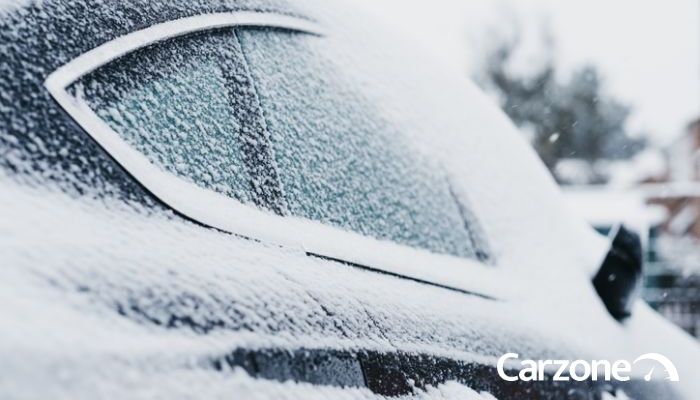
3. Check and use your lights
Check that your headlights and taillights are in working order and replace any damaged bulbs. Clear the lights of snow and use dipped headlights while driving so others will see you on the road.
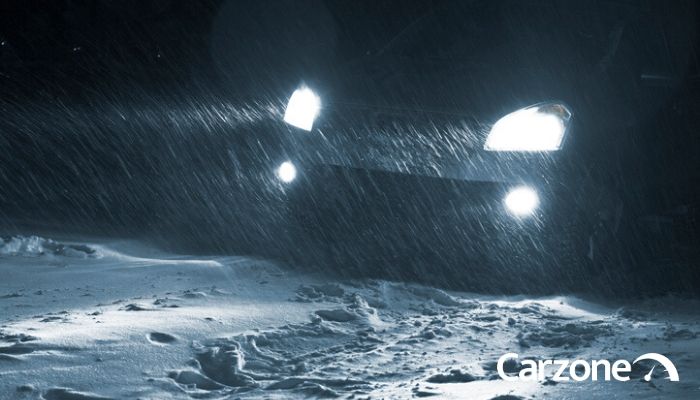
4. Drive slowly
Slow driving is a must during snowy weather conditions or when the roads are icy. Manoeuvre gently, drive slowly and leave allow extra time for stopping distances. Avoid turning the steering wheel too much and braking / accelerating harshly. Use the highest gear possible to avoid wheel spinning. Use a lower gear when travelling downhill. When slowing down, use your brakes so that your brake lights can be seen by the driver behind you.
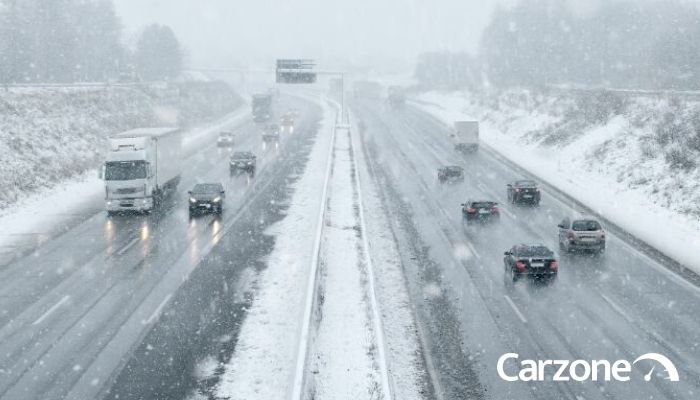
5. Beware of black ice
Black ice is one of winter’s worst hazards, it is translucent and can be difficult to see. It’s best identified as a polished or glossy effect on a road occurring mostly in sheltered or shaded areas on the road, under trees and next to high walls. The general rule is to do as little as possible and allow the car to pass over the ice. Do not hit the brakes and try to keep the steering wheel straight. If you feel the back end of your car sliding left or right, make a very gentle turn of the steering wheel in the same direction.
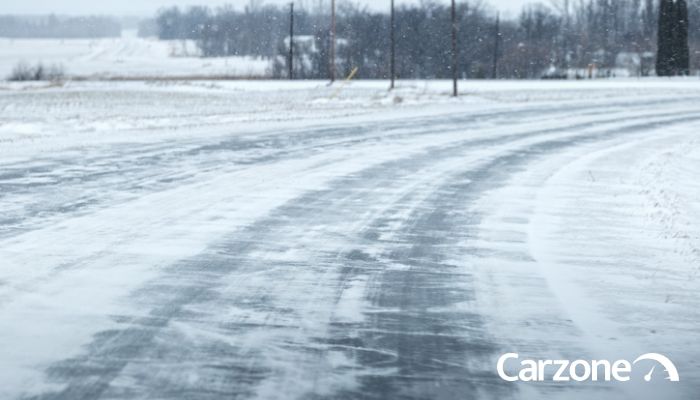
6. Be ready to brake
Before you set off in any kind of winter weather check if your car has ABS. If you get into a skid the Anti- Lock Brake System. begins cycling causing you to feel pulses in the pedal. Using anti-lock brakes is easy, just remember, step, stay and steer. Step on the pedal, stay on the pedal and steer around the obstacle. Again, a little steering goes a long way so be gentle while manoeuvring.
If your car doesn’t have ABS you will need to apply Cadence Braking. This involves pushing the brake pedal until the wheels stop rolling, then immediately releasing the brake enough to allow the wheels to begin turning again. Repeat these actions rapidly to give your tyres maximum grip regardless of whether the surface is snow or ice.
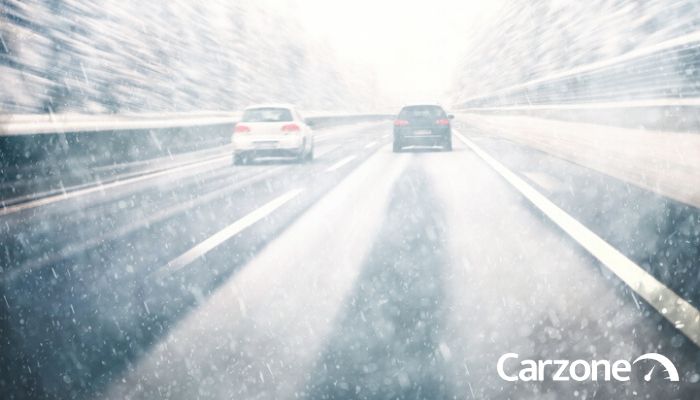
7. Check if your car has any extra features that could help
Consult your car’s owner manual to find out if it has any safety assist systems such as Electronic Stability Control or the Anti- Lock Braking System mentioned above. Know how to use these systems but do not overestimate their abilities.
8. Be prepared
When driving in bad weather or on icy roads it’s recommended to have the following with you:
- High visibility vest
- Tow rope
- Spare bulbs
- Extra fuel
- Shovel
- Appropriate footwear
- Hazard warning triangle
- Spare tyre with correct pressure and tread
- Tyre repair kit
- De-icing supplies
- First aid kit
- Fire extinguisher
- Torch
- Car blanket
- Extra clothing, food and water
- Salt / sand
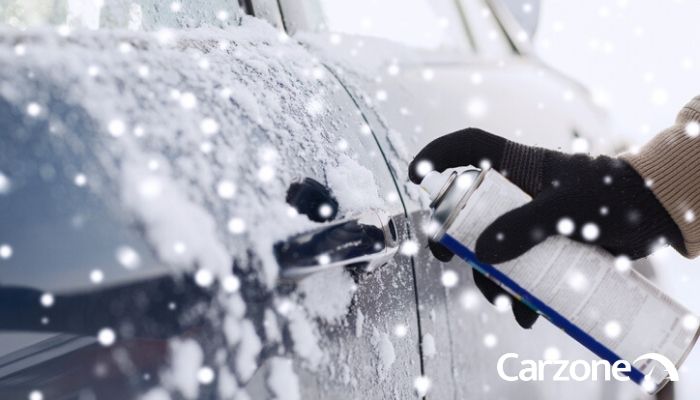
You should also ensure that:
- Your car is maintained well, serviced and the engine oil viscosity is suitable for cold conditions
- You have adequate levels of coolant and antifreeze
- You have enough fuel for the journey
- You have notified someone of your destination and estimated time of arrival. Make sure your phone is fully charged and take a portable charger.
Tip: Be prepared and know what to do if you’re involved in a car accident.
9. Check the weather
This might sound obvious but listen to local weather and traffic reports from a reliable and up to date source. Check if there are closures or diversions to your route and really consider if driving is a safe option. Follow the guidelines given to the public.
10. Know when to stay at home
The best advice to follow in adverse weather conditions is to stay at home. Avoid driving at all costs if you can. Respect the expert’s advice and avoid being in an accident on the roads. Your safety is what’s most important, everything else can wait.